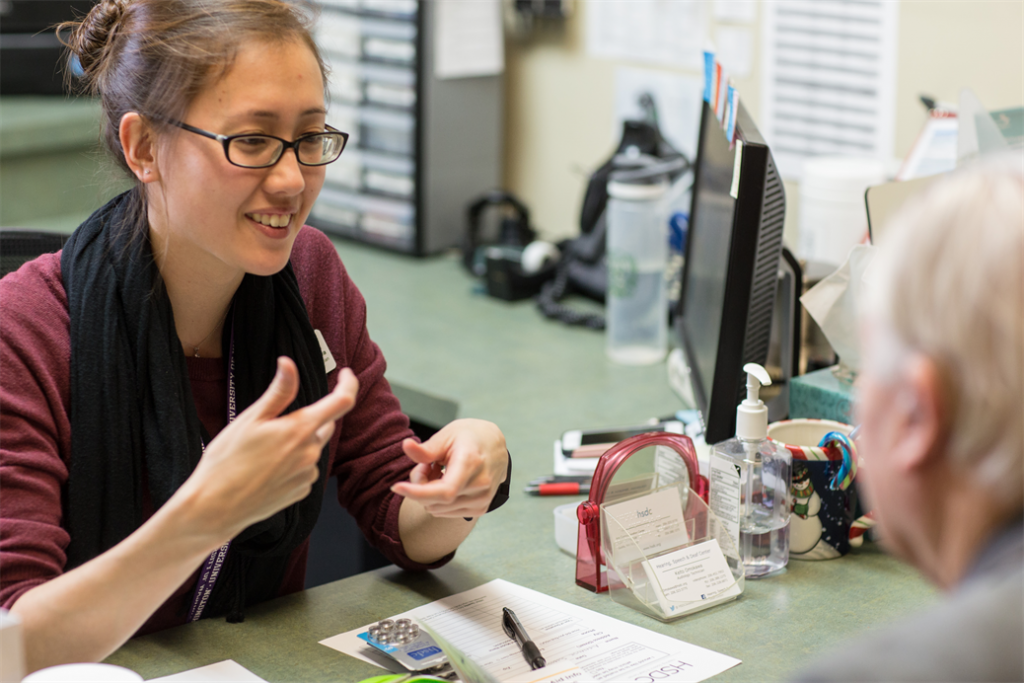
How we can shift from “sick care” to a personalized care system

When hospitals rose to prominence in the 1700s, they were relied upon to treat infectious disease and battlefield trauma. At the time, it made sense to have a central place where providers with the right skills could tend to patients. Yet, as the world changed, hospitals remained largely the same.
As humans live longer, chronic disease has emerged as not only a leading cause of death, but an expensive one. One in three adults worldwide suffer from two or more chronic conditions, and the United States alone spends the equivalent of almost 18% of GDP on healthcare. Mental illness also compounds chronic disease, making it much more expensive.
Rising healthcare costs make it clear that the current reactive care model is unsustainable. We need a new approach that shifts away from “sick care” to a model of empowering overall health and wellness, providing patients with access to proactive care that identifies risk and manages chronic disease early to prevent escalation and deterioration.
Let’s look at three ways we can leverage technology to support this new health and wellness system with AI-assisted personalized care, mixed reality devices, and virtual care.
AI assistance: Uncovering patterns to predict risk and reduce costs
Today’s care teams often suffer from information overload. They have large amounts of patient data but lack the tools to improve outcomes. AI and machine learning can provide these tools, empowering care teams to leverage their data and become more efficient, as well as explore new approaches to critical challenges.
Artificial intelligence (AI) is a compelling solution to improve the safety of acute hospitalizations. Recently, Ochsner Health fed the information they were already collecting into a machine learning model to predict cardiac arrest. It transformed care at the bedside, alerting doctors about patients who needed their attention, and enabling them to transfer patients to the ICU four hours faster, if required. The healthcare data analytics solution was so effective, they are now rolling it out facility-wide.
Organizations can also use AI to make care safer and more cost effective, ultimately keeping people out of hospitals. The University of Washington uses machine learning to calculate the optimal discharge time for cardiac patients and has dramatically reduced their rates of readmission. By applying an algorithm to medical records, AI can predict a patient’s risk factors so care teams can make changes to the care plan to mitigate those risks.
By managing and analyzing big data, AI assistance enables providers to convert vast stores of rich data into intelligence, unlocking new capabilities in preventative, personalized care that enhance team collaboration and deliver better outcomes.
Mixed reality devices: Revealing the unique structure of each body
Healthcare faces the unique challenge of treating three-dimensional biological structures that are often visualized in two-dimensional images. This makes it difficult to learn and communicate anatomy or plan complex procedures for the variations in individual patients’ bodies.
Mixed reality offers an innovative solution to this challenge and has found a ready home in health. In medical education, Case Western Reserve University is one of many medical schools teaching human anatomy in three dimensions with Microsoft’s HoloLens device. Traditionally, training skills and procedures were often learned on mannequins, but mixed reality enhances this learning by depicting anatomy in three-dimensional images that can be manipulated with gestures so trainees can gain skills more effectively.
Mixed reality is also being utilized for procedures and surgery, enabling more proactive approaches to care planning. The University of Maryland is using HoloLens to provide a more seamless experience for clinical ultrasonography, and University Hospital of Oslo in Norway is using HoloLens to plan surgeries where complex organ structures vary from person to person, including pediatric cardiac, colorectal, and liver surgical approaches.
As new uses for mixed reality continue to be explored, the technology is already changing the status quo by improving how providers interact with patients, plan treatments and deliver results.
Virtual care: Bringing the specialists to the patients
Modern healthcare providers have evolved from community generalists to specialists located in urban centers of excellence across the globe. As a result, connecting patients with the right specialist often becomes a complex exercise in care team coordination, timing, travel and overhead costs.
As of 2017, 71% of healthcare providers in the United States use telehealth and telemedicine tools as an alternative to in-person care, but these resources are smaller pieces of the larger care picture. A complicated case may have an entire network of clinicians supporting the patient behind the scenes, each constrained by their own siloes and systems.
Virtual care uses technologies such as video, apps, messaging, wearables and other digital technologies to transform this siloed, disconnected approach to a more streamlined patient experience. It virtually connects the eyes and ears of clinicians directly to the patient, avoiding travel and further disruption. By engaging virtually, providers can coordinate across care teams, collaborating and sharing crucial data to aid in diagnoses and treatment. It also saves costly clinician time, which translates to an estimated $10 billion economic value annually in the US alone.
Virtual care engages patients at their homes or on the go, providing valuable wellness information and enabling care teams to remotely monitor and provide health recommendations to patients.
Accelerate the shift to a health and wellness system
By embracing new technologies that enable greater insight and facilitate significant steps forward in personalized care, we can transform health from reactive “sick care”—treating patients long after chronic disease has become complicated—to a new model promoting proactive health and wellness. Microsoft is committed to supporting this new approach to create a more sustainable, effective healthcare system. For more information, read our eBook on engaging patients in the digital age.




